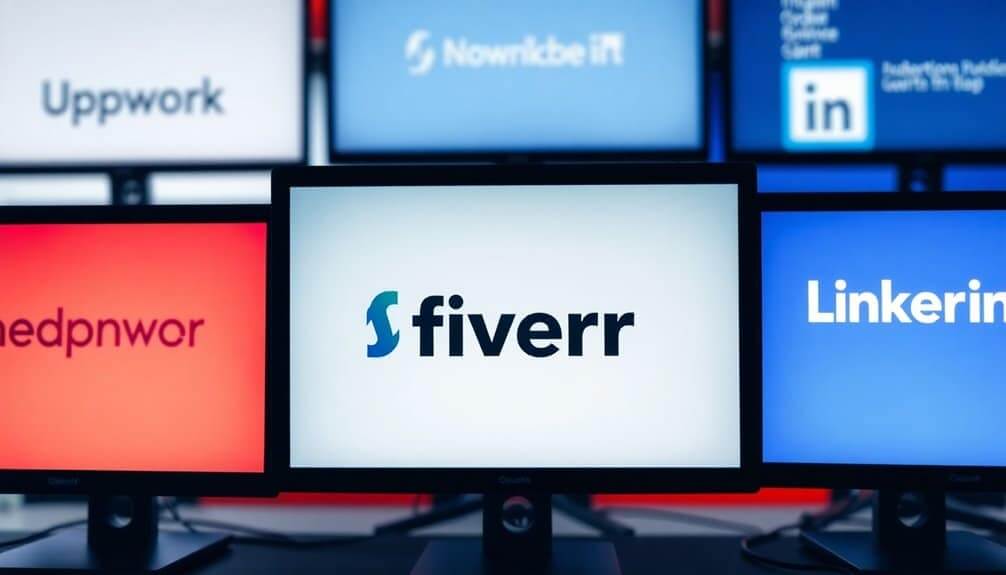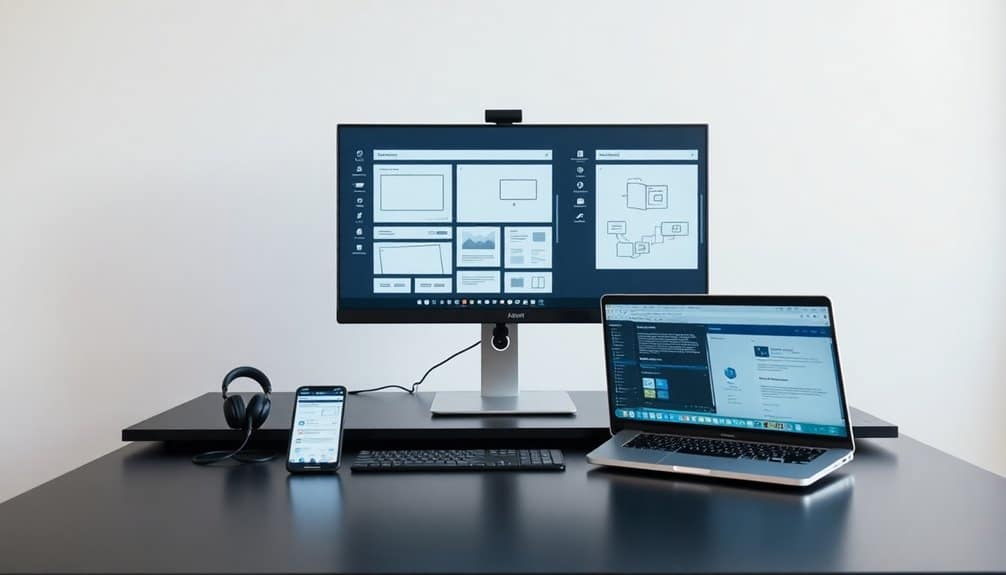E learning app development company: 7 Top-Rated Picks 2025
Why Choosing the Right E-Learning App Development Partner Matters
Selecting an e learning app development company isn’t just a tech decision—it’s a learning-outcome decision. The global e-learning market is racing toward $645 billion by 2030, so you can’t afford an app that disappoints users or wastes budgets.
Great partners blend instructional design, SCORM/xAPI know-how, and cloud scalability with solid code. Whether you need a quiz app for 200 learners or a full corporate academy for 20,000, the right team turns content into engagement and ROI.
Costs vary by scope. Starter apps land near $20–40 k; feature-rich, AI-driven platforms can top $100 k. Timelines usually run 3–6 months.
After guiding dozens of businesses through mobile builds, we’ve noticed one constant: teams that vet both technical and pedagogical expertise launch faster and see higher completion rates.

Basic e learning app development company vocab:
– mobile app development
– create a phone app
– app making cost
Why This Guide Matters
We see a familiar pattern: rushing into the wrong partnership leads to buggy apps and poor engagement. A well-built platform, on the other hand, can drive a 30× productivity ROI. This guide shows you how to choose wisely.
How the Round-Up Was Compiled
Our short-list is based on real case studies, SCORM/xAPI expertise, agile delivery, security credentials, and 90 %+ client-satisfaction scores.
How to Choose an e learning app development company

Start with your learners, not your budget. Corporate employees crave micro-modules they can finish at lunch, while K-12 audiences need more interactivity and social features. Audience clarity drives every other choice: scope, tech stack, timeline, and spend.
A quick pricing reality check:
- Quiz-only MVP: $20–40 k, ~3–4 months
- Gamified, video-rich app: $40–70 k, ~4–6 months
- Full AI-personalized LMS: $100 k+, 6–12 months
Tech matters. React Native or Flutter let you launch iOS + Android with one codebase. If your roadmap calls for heavy AR/VR, native may still win.
When scanning portfolios, ignore pretty screens and look for numbers: active users, completion rates, and uptime.
| Factor | Custom Development | Off-the-Shelf Solutions |
|---|---|---|
| Initial Cost | $40 k–150 k+ | $2.5 k–25 k |
| Timeline | 3–12 mos | 2–8 wks |
| Customization | Unlimited | Limited |
| Scalability | High | Moderate |
| Maintenance | Your control | Vendor reliant |
| ROI Timeline | 12–24 mos | 3–6 mos |
What Makes a Partner Stand Out?
- ISO-certified QA and transparent agile sprints
- Deep LMS/LXP + SCORM/xAPI/LTI proficiency
- Cross-platform and DevOps chops for painless scaling
- Honest, line-item pricing—no surprise invoices
Hidden Costs to Flag
Feature creep, third-party API fees, content migration, and post-launch support often add 20 %+ to budgets. Define change-control rules early and ask what’s included after go-live.
Must-Have Solutions & Features in Modern E-Learning Apps

A solid Learning Management System (LMS) handles enrollment, course delivery, and progress tracking. Learning Experience Platforms (LXP) layer on AI-driven recommendations and social features for stickier engagement.
Mobile is non-negotiable: commuters, gig workers, and evening learners expect phone-first design and offline access. Pandemic-driven demand cemented virtual classrooms—live video, interactive whiteboards, and breakout rooms—into the must-have list.
Gamification (points, badges, leaderboards) regularly boosts completion by double-digit percentages. Corporate academies rebrand mandatory training into career growth.
Core Features Checklist
- Single sign-on (SSO)
- Role-based dashboards
- Visual progress analytics
- Auto-generated certificates & badges
- Microlearning modules
Advanced Add-Ons That Wow Learners
- 24/7 AI chatbots for just-in-time help
- AR/VR labs for safe skills practice
- Voice-driven navigation & assessments
- Adaptive learning paths that fill knowledge gaps
- Social learning groups & peer feedback
Development Process, Timeline & Budget Demystified
Every winning e learning app development company follows a repeatable roadmap.
- Findy (2–4 wks) – Deep dive into learner needs and success metrics.
- Design (3–6 wks) – Wireframes, clickable prototypes, early usability tests.
- Development (8–20 wks) – Agile sprints, CI/CD, and stakeholder demos each two weeks.
- QA (2–4 wks) – Functional, device, performance, and security testing.
- Pilot (1–2 wks) – Limited release, analytics review, rapid tweaks.
- Launch & Support (ongoing) – Store submission, server setup, monitoring, feature upgrades.
Time & Money Snapshot
- Simple app – ~600 hrs, $20–40 k
- Mid-level – 900–1200 hrs, $40–70 k
- Enterprise – 1500 hrs+, $70–150 k+
Regional rates shape budgets: North America $60–250/hr, Europe $40–120/hr, other regions $15–40/hr. Balance savings with communication and time-zone realities.
IBM research shows well-supported learning platforms can return $30 in productivity per $1 invested—if you budget for post-launch updates.
Future-Ready Tech, Integrations & Compliance

Staying ahead means baking tomorrow’s essentials in today.
- AI/ML – Adaptive pathways and predictive analytics spotlight at-risk learners before dropout.
- IoT & wearables – Sensors can trigger microbreaks or recommend content based on stress cues.
- Digital twin simulations – Safe spaces for surgery, flight, or engineering practice.
- Cloud auto-scaling – Guarantees uptime during enrollment spikes.
Keep Data & Users Safe
- OWASP-aligned code reviews
- SOC-2 compliant hosting
- AES-256 + TLS 1.3 encryption
- Multi-factor authentication
- Mandatory GDPR, FERPA, COPPA, and WCAG 2.1 checks
Integrate with CRMs, payment gateways, and webinar platforms via robust APIs to fit seamlessly into existing ecosystems.
For UI tips, our Mobile App Front-End guide digs deeper.
Frequently Asked Questions About Hiring E-Learning Dev Experts
How long does it take to build a custom learning app?
Simple course apps ship in 3–4 months. Feature-rich LMS platforms take 6–12 months. Agile delivery lets you release an MVP early, then iterate.
What factors influence the total development cost?
Feature set, number of supported platforms, team location, third-party integrations, and content migration. More complexity = more hours.
How do companies ensure accessibility for all learners?
WCAG 2.1 standards guide design from day one: captions, alt-text, keyboard navigation, high-contrast modes, and real-user testing with assistive tech.
Conclusion

Picking an e learning app development company is really picking a growth partner. With the right blend of pedagogy and code, even a small budget can deliver big learner impact and a 30× productivity ROI.
At Celestial Digital Services, we help startups and local businesses turn ideas into learner-centric mobile solutions that scale. Ready to explore? Our full Mobile App Development guide maps the next steps.
Your learners deserve engaging, accessible experiences. Choose a partner committed to long-term improvement—and watch knowledge and performance skyrocket.



